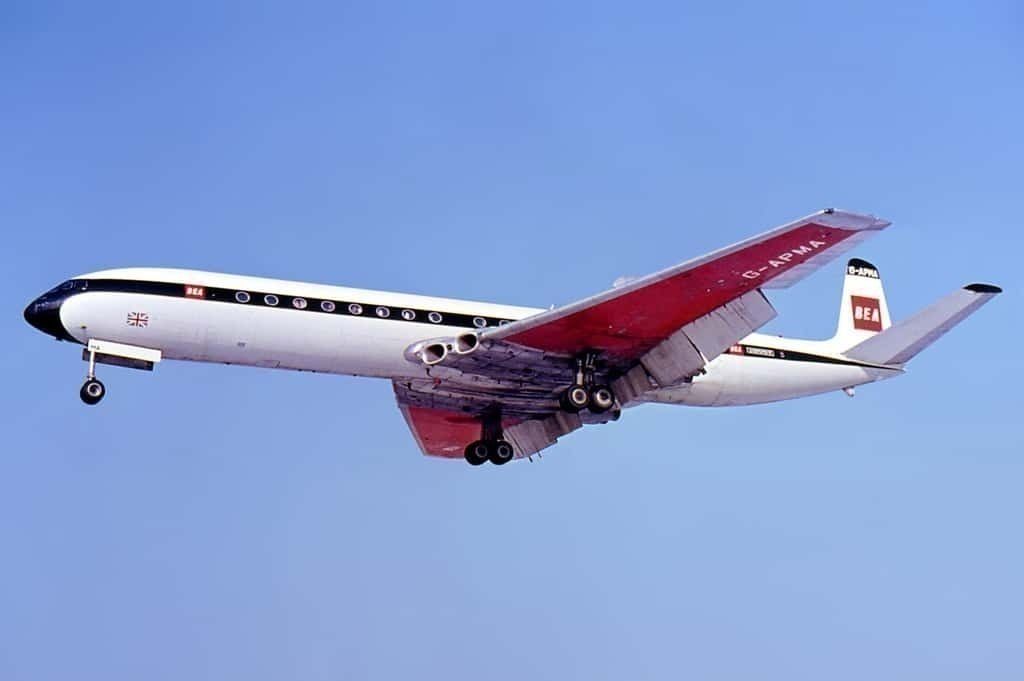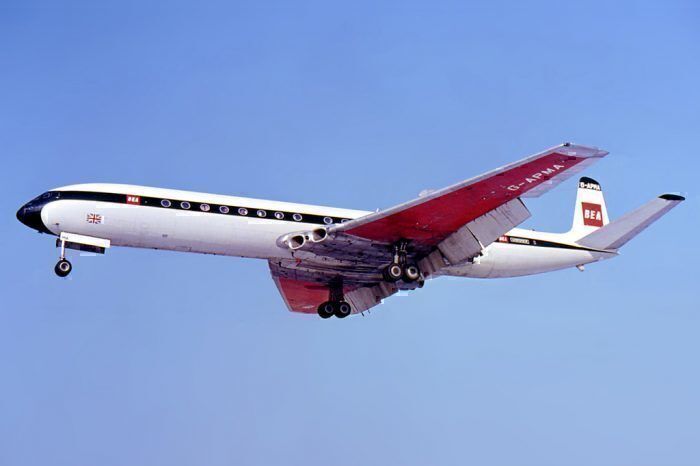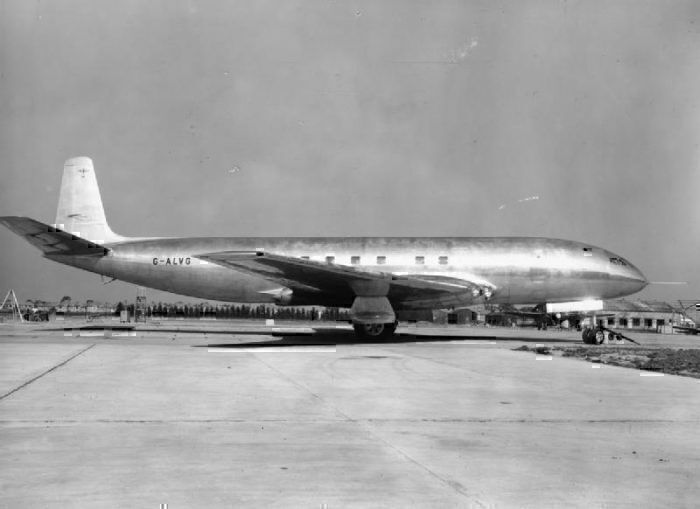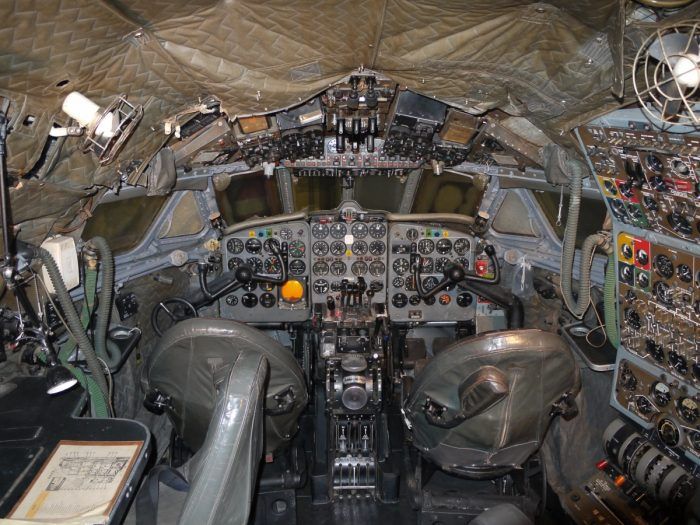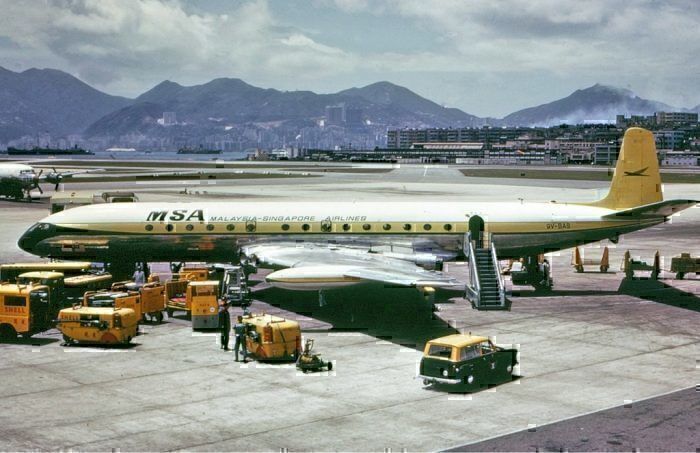Jet aircraft are such a central part of modern culture, it seems unthinkable that there was a time within living memory when no-one had ever flown on a jetliner. However, the first-ever jet airliner, the de Havilland Comet, was only despatched from its hangar for the first time in July 1949.
Major breakthrough
Manufactured at a factory in Hatfield, around 30 miles north of London, the de Havilland Comet represented a major aviation breakthrough. At the time, the Comet seemed almost futuristic in appearance and promised a level of comfort that had hitherto been impossible for passenger planes to deliver.
The de Havilland Comet also flew higher and faster than any other aircraft of the time, making “everything else obsolete”, according to Alistair Hodgson – the curator of the de Havilland Aircraft Museum. However, seating capacity wasn't quite what we've come to expect from jetliners today; inside the Comet there were provisions for just 36 passengers.
Comfort and luxury
This lack of seating reflected the fact that air travel was, of course, still a preserve of the wealthy. Whereas modern planes are very much constructed with economics in mind, the de Havilland Comet was designed purely by engineers, and intended to provide passengers with the most comfortable and luxurious experience possible.
Even the experts of the time weren't quite certain how Comet would perform in real-world conditions, though, and this meant that extensive testing was needed before the aircraft went live. But after two years of dummy flights, the Comet made its first scheduled flight on 2nd May 1952. And its first route was a lengthy one; all the way to Johannesburg, via Rome, Beirut, Khartoum, Entebbe and Livingstone.
The success of the Comet was soon headline news; after all, there was no other jet aircraft in operation! Early passengers reported smooth and enjoyable flying conditions, and it seemed inevitable that the de Havilland Comet would go from strength to strength. But the aircraft was to encounter serious problems in the years following its maiden flight.
Tragic accidents
Within just a year of entering service, three Comet aircraft suffered tragic accidents. The most dramatic of these saw one of the airliners break-up in mid-flight. Metal fatigue was recognized as being the cause of the issue; a concept that was not fully understood at this time.
Following the accidents, the de Havilland Comet was understandably withdrawn from service, while engineers and technicians worked on its structural issues. Issues including inadequate riveting were identified, and this led to a major redesign of the aircraft.
Later years
In many ways, the damage was done, and the Comet never recovered its commercial success. This was even though there were four generations of the aircraft produced and the de Havilland Comet remained in service until 1981.
But although the Comet story came to something of a sad and premature end, there is no doubt that the design and appearance of the aircraft was hugely influential, and helped pave the way for the huge success and popularity of air travel today.

